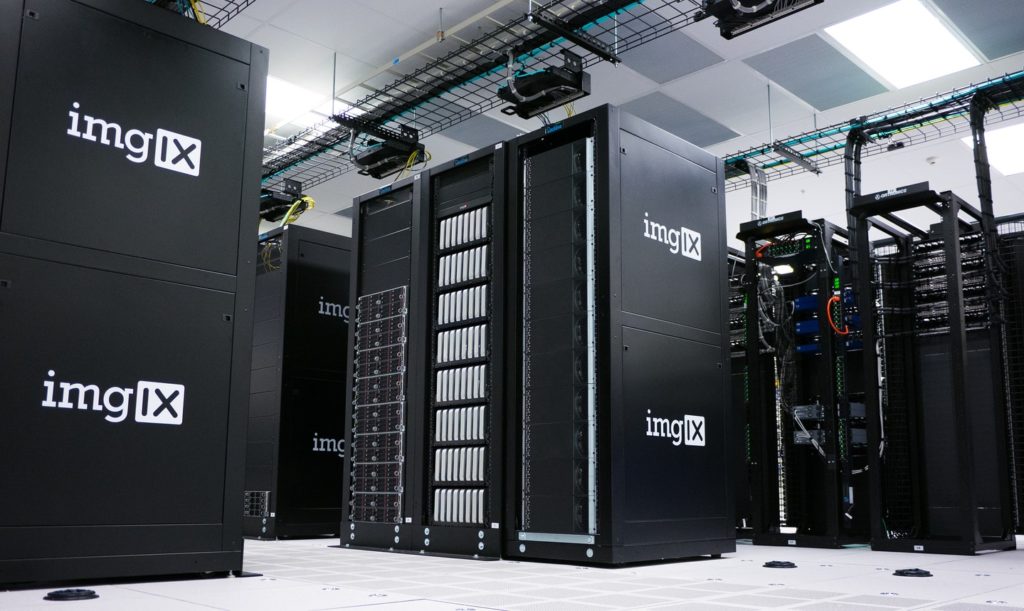RAID 6 or not to 6

Data security is vital to all organisations and paramount to Cloudhelix. Inextricably linked to this are RAID configurations adopted on SAN arrays. When drawing up our platform designs, considerable time and effort was devoted to the shape of our Storage requirement and our subsystems.

Obvious challenges we had to resolve included; resilience, redundancy, capacity planning, scalability, performance, supportability, usability and cost.
Generally RAID 6 offers some of the best data protection and resilience when compared to traditional RAID configurations such as (0,1,5,10). It provides excellent storage capacity in terms of RAW disk space versus usable disk space and Data reads speeds remain high.
It’s not all good, the penalty for adopting conventional RAID 6 configurations being an overhead on data writes due to an increase in parity calculations. So how do you obtain RAID 6 data security and overcome the write penalty? SSD I/O acceleration and caching may be one solution, so which vendor and/or offering do you adopt?
Our requirement was based around a need for a horizontally scalable accelerated storage solution for our hosted VMware vCloud Director 5.5 platform. We had to ensure our lightning-quick SAN stayed that way as we on-board customer systems and services.
After testing a raft of products and solutions we determined server-side SSD acceleration was the clear leader, this solution provides a simple mechanism for scaling I/O as you grow.
When enacting DR testing on behalf of clients the solution provides transparent acceleration and storage I/O scaling?—?essential when moving from a lazy replication target to a hot I/O intensive pounding should you experience a full site outage in a DR event.

Question?
Our specialists have the answer
